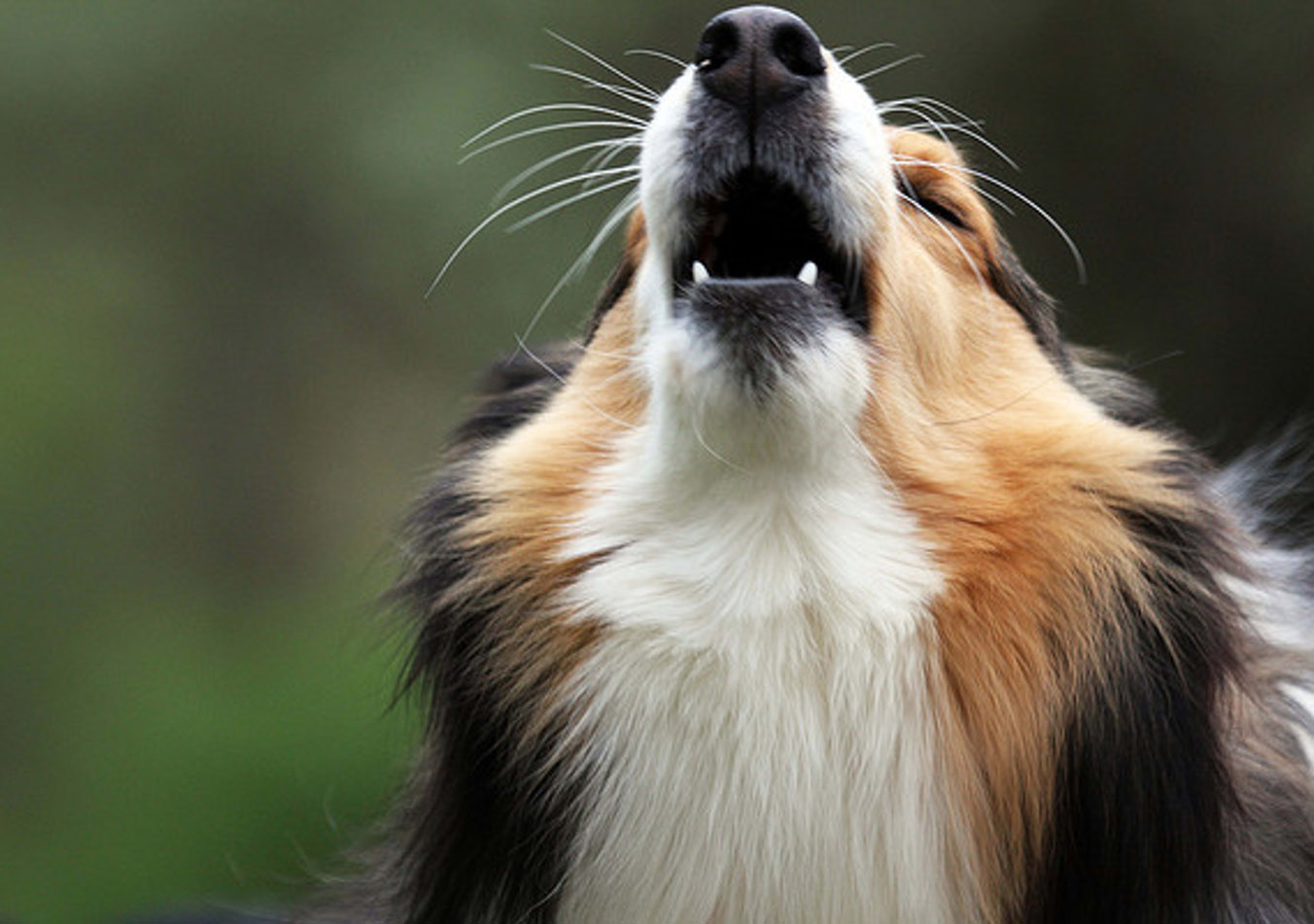Dogs are eager to learn new commands, especially when they are rewarded with delicious treats. Teaching your dog to bark on command, as well as how to be quiet, can be a useful and fun trick. You’ll learn how to train your dog to bark on command and also how to manage barking behavior effectively.
How to Teach Your Dog to Bark on Command
Though barking is natural for dogs, you can harness this behavior to teach them fun tricks. Teaching a dog to bark on command can be part of puppy training or just a neat and effective trick for any dog. This process requires patience, consistency, and some tasty rewards.
Essential Training Equipment
Before starting, gather the following:
- Dog treats (preferably training treats): Small, soft, and high-value treats are ideal for training.
- A clicker (optional): Clicker training is effective for reinforcing positive behavior.
- A toy: If your dog is more motivated by toys, this could work as well.
The goal is to create an excitement that triggers your dog to express joy through barking. Identify what excites your dog the most, whether it’s a favorite toy, a leash, food, or physical activity.
Step-by-Step Instructions for Teaching Your Dog to Bark
- Get Your Dog’s Attention: Engage your dog using their favorite toy, a treat, or a game. You need to stimulate your dog enough to encourage them to bark.
- Use the Command: As soon as your dog barks, immediately give the command “Speak” or “Bark”. Use the same word consistently so your dog can associate the action with the command.
- Reward the Bark: As soon as your dog barks, reward them with a treat or praise. This reinforces that barking on command is a good thing.
- Introduce Hand Signals: Once your dog starts understanding the verbal command, you can add a hand signal. A common hand gesture for the “Speak” command is an open hand that then forms a “duck” shape (four fingers touching the thumb). This visual cue can be used along with or instead of the verbal command.
- Repeat Regularly: Consistency is key! Repeat the training sessions daily but keep them short (5-10 minutes) to avoid overwhelming your dog. Reinforce the behavior each time they successfully bark on command, using treats, toys, or affection.
- Patience and Persistence: Remember, every dog learns at their own pace. Be patient and don’t rush the process. Make sure your dog enjoys the training session, so it becomes a fun experience for them.
Troubleshooting: Dealing with Whining or Inconsistent Barking
It’s common for your dog to start whining or whining instead of barking at first. Don’t get discouraged—wait for the full bark, and reward that behavior. If your dog is struggling to pick up on the barking command, you might need to take a break and focus on easier tricks, such as “sit” or “shake hands,” before revisiting the barking trick after a few weeks.
Important Note: Never reward whining or any undesired noise. Only reward barking on command.
Teaching Your Dog to Stop Barking: The “Quiet” Command
It’s equally important to teach your dog to stop barking on command. This is especially useful if your dog tends to bark excessively. Teaching the “Quiet” command is similar to teaching “Speak,” but involves rewarding your dog when they stop barking.
How to Teach the “Quiet” Command:
- Wait until your dog starts barking.
- Give the “Quiet” command in a calm, firm voice.
- Once the dog stops barking, immediately reward them with a treat or praise.
- Be consistent and patient—eventually, your dog will learn to stop barking when asked.
By teaching both the “Speak” and “Quiet” commands, you can have better control over your dog’s vocalizations, making it a useful tool for managing their behavior in various situations.

Products That Can Help with Dog Training
When teaching your dog to bark or remain quiet, there are several products that can enhance your training process and make it more enjoyable for both you and your pet. Below are some recommended products to make your training sessions more effective.
1. Dog Treats
High-quality dog treats are essential for reinforcing positive behavior.
- Zuke’s Mini Naturals Dog Treats: These soft, small treats are perfect for rewarding your dog during training sessions. Available on Amazon UK or Chewy.
- Wellness Soft Puppy Bites: Great for puppies or adult dogs who need soft treats during training. Available on Petco and Amazon US.
2. Clicker for Training
A clicker helps with timing the reward and reinforcing the behavior.
- Karen Pryor Clicker: This clicker is widely used for training dogs and is available on Amazon UK or Chewy.
- Starmark Training Clicker: Known for its durability and effectiveness. Available on Petco.
3. Dog Toys
Using a favorite toy during training can also motivate your dog to bark.
- KONG Classic Dog Toy: This durable toy can engage your dog and motivate them to bark. Available on Amazon UK and PetSmart.
- Chuckit! Ultra Ball: Perfect for energetic dogs who enjoy playing fetch and can be part of a barking training session. Available on Amazon US and Chewy.
4. Dog Leash
A leash can help maintain control while you train your dog.
- Flexi Retractable Dog Leash: This leash allows you to give your dog more freedom while keeping them under control during training. Available on Amazon UK and Petco.
- PetSafe Premier Martingale Collar and Leash Set: Perfect for training sessions when teaching your dog to remain calm or bark on command. Available on Amazon US.
Where to Buy Dog Training Products in the UK and US
- Amazon UK: A wide selection of dog training tools, treats, toys, and leashes.
- Visit Amazon UK
- Chewy: Known for a broad range of pet supplies including training treats, toys, and clickers.
- Visit Chewy
- Petco: Offers a large selection of dog training products and treats.
- Visit Petco
- PetSmart: Also a great resource for dog training tools and toys.
- Visit PetSmart

Teaching your dog to bark on command can be a fun and rewarding experience for both you and your dog. With patience, consistency, and the right tools, your dog will soon learn the “Speak” command and how to stop barking when asked. Using positive reinforcement and exciting rewards will make the training sessions enjoyable for your pet, ensuring that they understand exactly what you expect from them. Whether you are training a new puppy or reinforcing commands with an older dog, these steps will help you build a better connection with your furry friend while teaching useful and fun behaviors.



